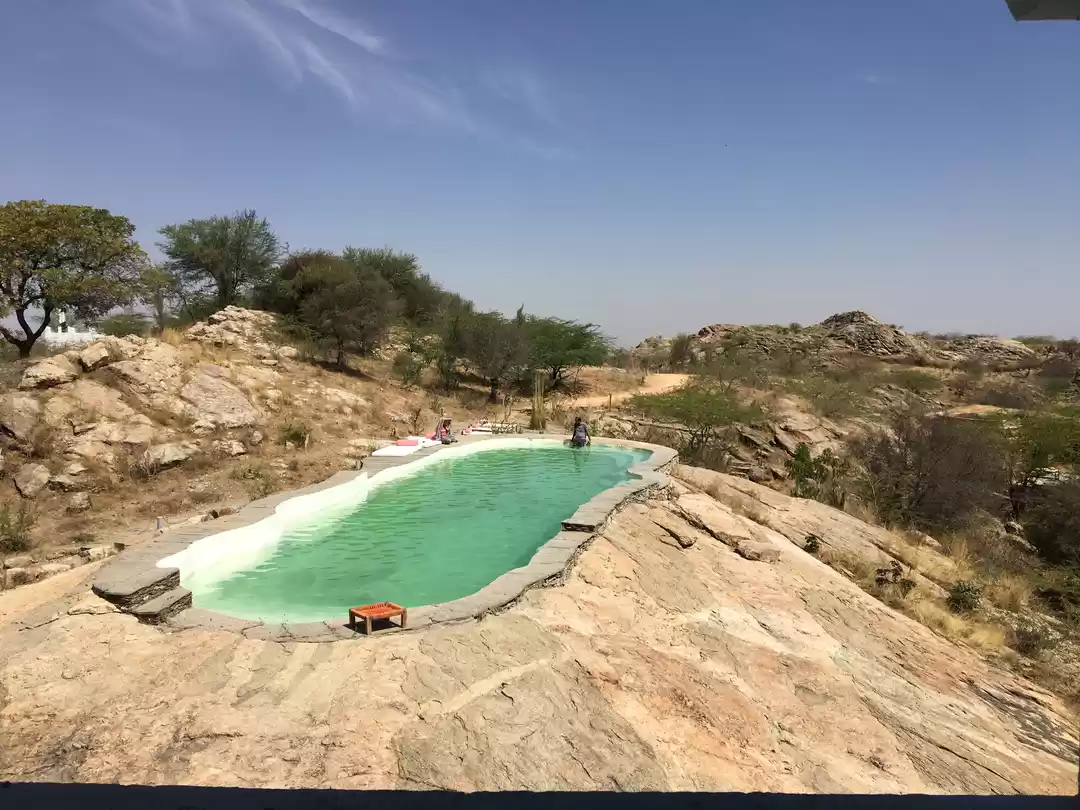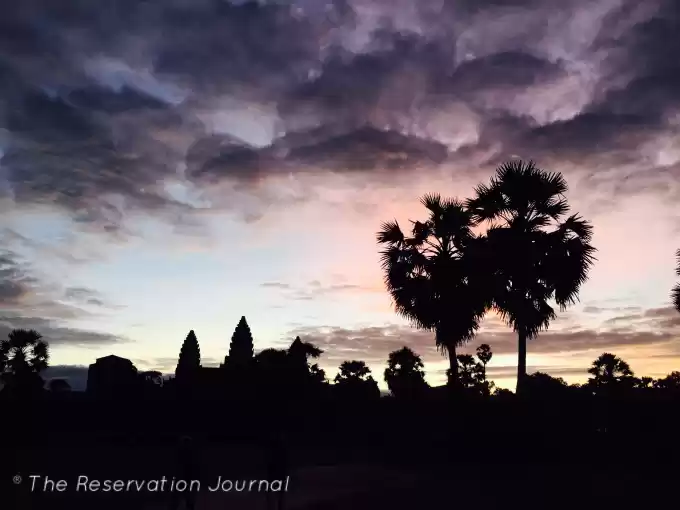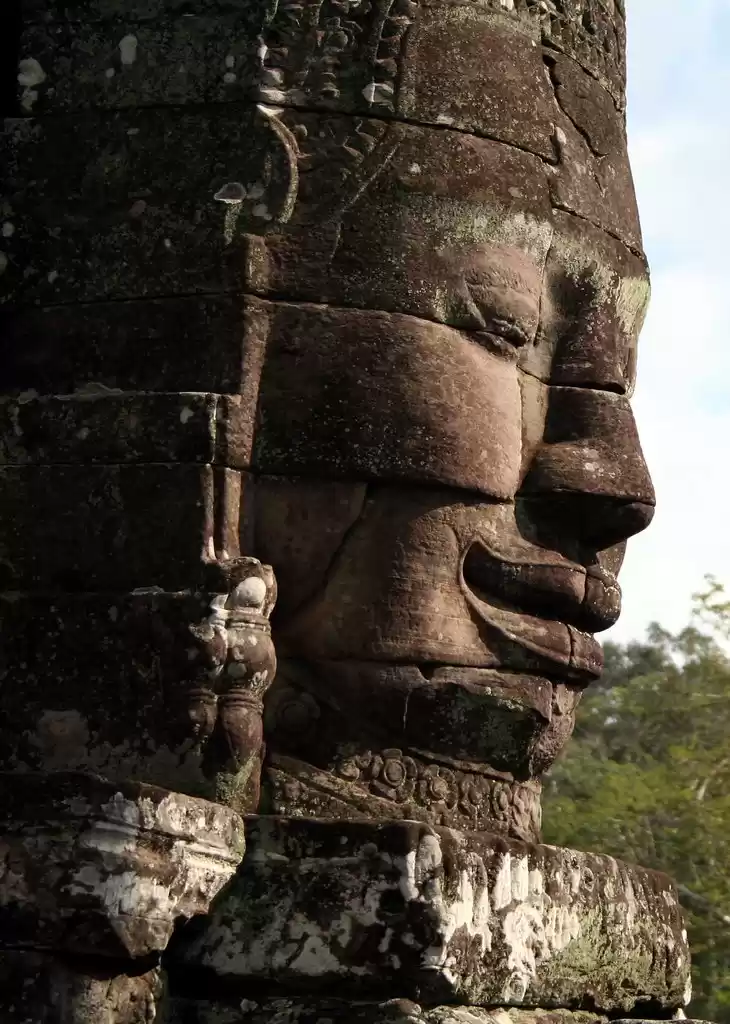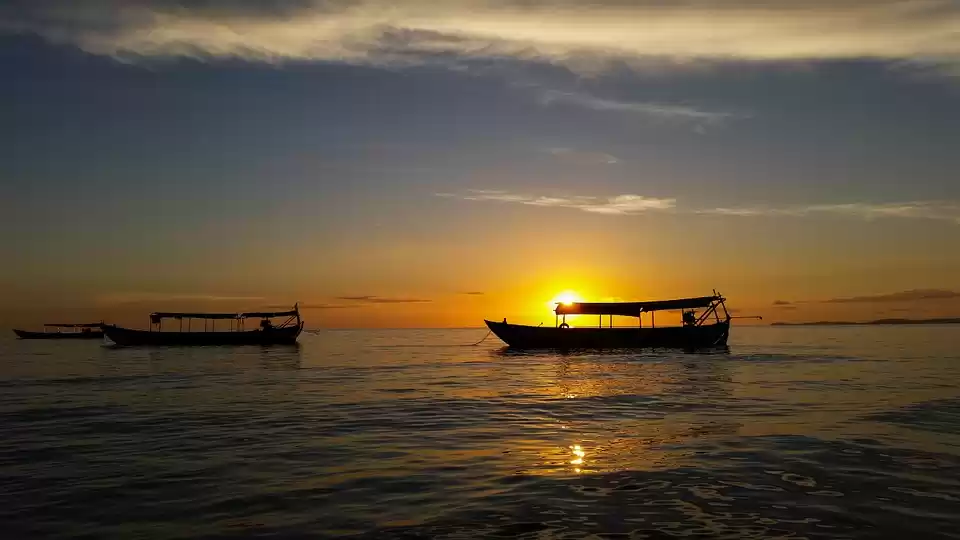
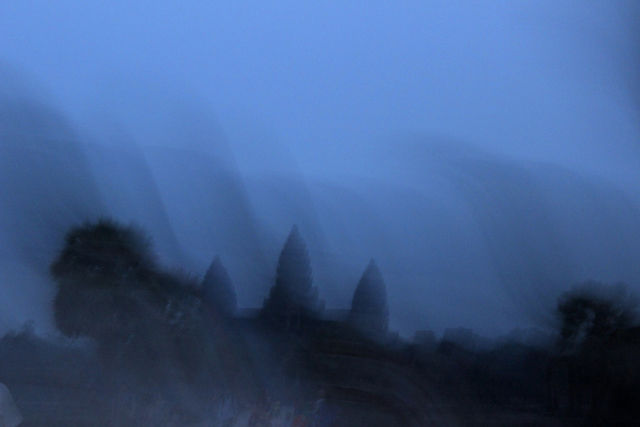



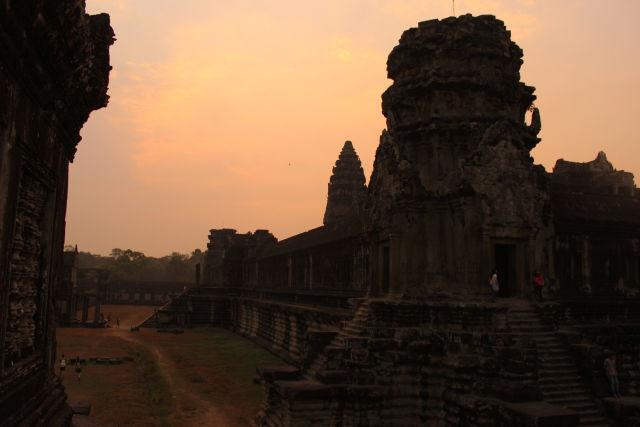




The walled city of Angkor has been everything – From an architectural marvel to mysterious abandoned structures drawing the world’s curiosity and amazement alike – an Enigma. I was also not immune to its charms and hence when I decided to plan a South East Asia trip, Cambodia topped the charts. I had to go and see the touted ‘eighth wonder of the world’.
The Angkorean period extends from the 9th to the mid-14th century. Angkor is derived from the Sanskrit word ‘Nagara’. The Khmer culture is a beautiful intermingling of the Hindu and Buddhist traditions and this is most evident from the architecture of the Angkorean era and the Khmer language which is derived both from Sanskrit and Pali. Not only did this period lay the foundations of Khmer Art as we know it today, it was also a time when highly advanced hydraulic structures (basins, dykes and canals) were built taking the empire to its zenith.
A Short History
The foundations of the Angkorean empire is attributed to Jayavarman II who was the founder of the first unified Cambodian state and hence the importance of this period in Cambodian history. At the height of its splendour, the empire extended from present day eastern Thailand, Southern Laos and Mekong region of Vietnam. Jayavarman II was a patron of Hinduism and the temples built during this time were mostly dedicated to Shiva. The next two centuries were marked by several temple constructions which were primarily influenced by Hindu deities. By 11th century the empire was on decline when it was revived by Suryavarman II. Apart from consolidating the empire, he was the one who commissioned the largest and the most magnificent structure of the period – Angkor Wat – dedicated to the glory of Vishnu and himself. The transition to Buddhist influence came about with Jayavarman VII whose way of governing followed the bodhisattva principles – a synthesis of the Hindu and Buddhist cultures. He was the one who constructed the Ta Phrom and Bayon temples.
A guide to the temple maze
The ancient city is spread over 400 sq km and there are ruins and then there are more. For a traveller there is lots to choose from. You can buy the entry pass available as 1 day (20$), 3 day (40$), 7 day (60$) passes. Ideally, pick up a 3 day pass and if architecture/history or photography is your thing then a 7 day pass would be apt.
Tuk-Tuks are the main mode of transport and they have fixed rates for a small circuit and the great circuit and that is how tourists cover Angkor – Do the small circuit day 1 and the greater circuit day 2 and ‘cover’ all nearby temples as well. I just covered the temples as I pleased. This did mean that I missed out on some of the temples mentioned on the circuit (The Tourist centre hands out a complete map) but to each his own. So in the next few paras, I will cover the temples I saw, best time of the day to visit them and some additional suggestions to places that I could not cover but a must do from my research while I was there.
Angkor Wat
The central feature of most of classical Khmer architecture is a stylised representation of Mount Meru from Hindu mythology. It is supposed to be the centre of all physical, metaphysical and spiritual universes and this is most notably represented in Angkor Wat in its pyramidal shape. It is also different from other temples of the era in the fact that it is west facing and not east which is supposed to signify death and was envisaged as a mausoleum for Suryavarman II.First and foremost, the time at which you visit THIS PARTICULAR structure will determine the memories and impressions that you take back with you. My biggest mistake was to make Angkor the first place to visit and that too at 8 AM in the morning. This is the time when most tour buses start arriving and the place is overrun by hurrying families, photo crazy teens and couples and essentially anybody and everybody in the town of Siem Reap who just arrived last evening to see the Wat. This was the most anticlimactic moment of my trip. Here I was staring at the raison d’etre of my trip and wondering if this is what dragged me all the way from India to Cambodia. As the time progressed, the number of people only increased and coming at this time neither can you appreciate the architecture nor soak it in because being the tropics, the sun is overhead for a much longer time than in temperate zones and the temperature starts rising rapidly post 9 AM.
My next visit to the temple was close to sundown – 5:30 PM in the evening. You do have a lot of people, especially photographers looking to click the sundown here but it is not the all-pervasive madness of the day. Try and walk around the complex and choose your spot to see the sunset. You will find many a quiet spot for the same. And then don’t leave once the sun has gone down. This time from when the crowd starts leaving and the authorities don’t come over to evacuate the complex is probably the best time to experience the expanse and the magnificence of this wonder. This is when I discovered my love for the monument. Time stood still as the rays of the setting sun painted the pale blue sky with muted hues of orange and vermillion.
A must-visit is also the sunrise at Angkor. There are thousands who gather here to see the gray bathed in early morning sun’s rays but it is a different sort of calm; a calm of anticipation and a surreal experience.
Angkor Thom
The walled complex of Angkor Thom was built by the Jayavarman VII who is touted as the Buddhist architect of the empire and the one to bring in all the Buddhist influences on the architecture, culture and religion. The most famed of the temples in the Angor Thom is theBayon temple which stands at the centre of Jayavarman’s capital.
The most distinctive feature of the temple is the multitude of Bodhisattva like images numbering 216 jutting out in clusters till its central peak. The most dynamic entrance is the east entrance denoting the “churning of the sea for milk” (Amrit Manthan in the Hindu mythology) and spanning the moat with a row of devas on one side and asuras on the other. The representation of the temple borrows both from Hindu folklore (Amrit Manthan) and Mahayana Buddhism in the representation of the faces on the temple as that of a Bodhisattva (an enlightened being). To me this was the most fascinating temple I had visited and this amalgamation of the two cultures was the biggest attraction.
The other temples just next to Bayon and can be given a quick look at the Elephant terraces and the Terrace of the Leper King.
The Bayon is the second most famous temple of all the Angokrean ones and is also thronged by tourists all day. The best way to see it would be to quickly leave Angkor Wat after the sunrise say by 7 and head to Bayon before the crowds arrive. It is a visual treat especially for a photographer as most of the ruins here are.
Ta Phrom
This is the third major temple in the Angkor Complex. Its recent claim to fame has been being featured in Tomb Raider and that is how the locals and the guides alike sell it to the tourists. The temple is in the middle of heavy restoration work which is being done by the Archaeological Society of India (ASI). This is one of the few temples which has been left as it is and is reminiscent of the times to which it belongs with large trees and roots running all across.
This temple is best visited in the evenings when the sun is low. The temple complex leaves you with a certain eerie sense as you move along. It is not the architecture but how it has become one with the nearby forest that takes you in.
Banteay Srei
The impressive Banteay Srei stands 30Km from Siem Reap and its modern name means the ‘citadel of beauty’ and correctly so. It is the most intricately carved structure of the time made of red sandstone. The quality of the stone and the intricacy lends a lovely mellifluous charm to it. This is a temple dedicated to Shiva and has carvings of mythical representations of many of his forms. The temple is also full of many tales from the Ramayana and has many a carvings of Hanuman (the monkey-god).
The best time to visit the temple is late afternoon when the sun’s rays fall at a slant giving this structure a pinkish-golden hue.
Kbal Spean
Kbal Spean in Khmer means the “valley of thousand lingas”. Situated 10 KM from Banteay Srei, it is at the start of the Kulen mountain range and one has to trek up the hill to reach the site. This is not exactly a temple but a shrine of sorts carved on the mountain side itself with a waterfall flowing over it. During and after the rainy season, the carvings are completely submerged under the flowing water. The trek up the mountain is a good 45-60 min one and the sights along are as unusual as the site itself. The spectacle of Vishnu reclining on the Shesh Nag with Brahma’s lotus emerging from the navel is a recurring imagery carved here. These repeated images are interspersed with Shiva-Lingas. A lot of these carvings have been hacked or got eroded in recent times but the sight is worth the trip and a must-add to your itinerary.
There were other temples that I could not visit either due to lack of more willing a company or finances since doing them by myself was working out expensive but if you do manage to find a group of people willing to venture out then it is a must to add a visit to Preah Vihear, Koh Ker, Bang Melea to your itinerary.
This wraps up my visit to the Angkorean temples. They are even more fascinating because of the closeness to Hindu temples and folklores and spotting the similarities and the known tales.
Angkor Wat was first a Hindu, then subsequently a Buddhist, temple complex in Cambodia and the largest religious monument in the world. The temple was built by the Khmer King Suryavarman II in the early 12th century in Yasodharapura, the capital of the Khmer Empire, as his state temple and eventual mausoleum.

The walled complex of Angkor Thom was built by the Jayavarman VII who is touted as the Buddhist architect of the empire and the one to bring in all the Buddhist influences on the architecture, culture and religion. The most famed of the temples in the Angor Thom is the Bayon temple which stands at the centre of Jayavarman’s capital.

This is the third major temple in the Angkor Complex. Its recent claim to fame has been being featured in Tomb Raider and that is how the locals and the guides alike sell it to the tourists. The temple is in the middle of heavy restoration work which is being done by the Archaeological Society of India (ASI). This is one of the few temples which has been left as it is and is reminiscent of the times to which it belongs with large trees and roots running all across.This temple is best visited in the evenings when the sun is low.

The impressive Banteay Srei stands 30Km from Siem Reap and its modern name means the ‘citadel of beauty’ and correctly so. It is the most intricately carved structure of the time made of red sandstone.The best time to visit the temple is late afternoon when the sun’s rays fall at a slant giving this structure a pinkish-golden hue.

Kbal Spean in Khmer means the “valley of thousand lingas”. Situated 10 KM from Banteay Srei, it is at the start of the Kulen mountain range and one has to trek up the hill to reach the site. This is not exactly a temple but a shrine of sorts carved on the mountain side itself with a waterfall flowing over it.The trek up the mountain is a good 45-60 min one and the sights along are as unusual as the site itself.

Frequent searches leading to this page:-
guide to angkor wat, tour guide to angkor wat, guide to visiting angkor wat, cambodia travel itinerary, angkor wat cambodia visit












